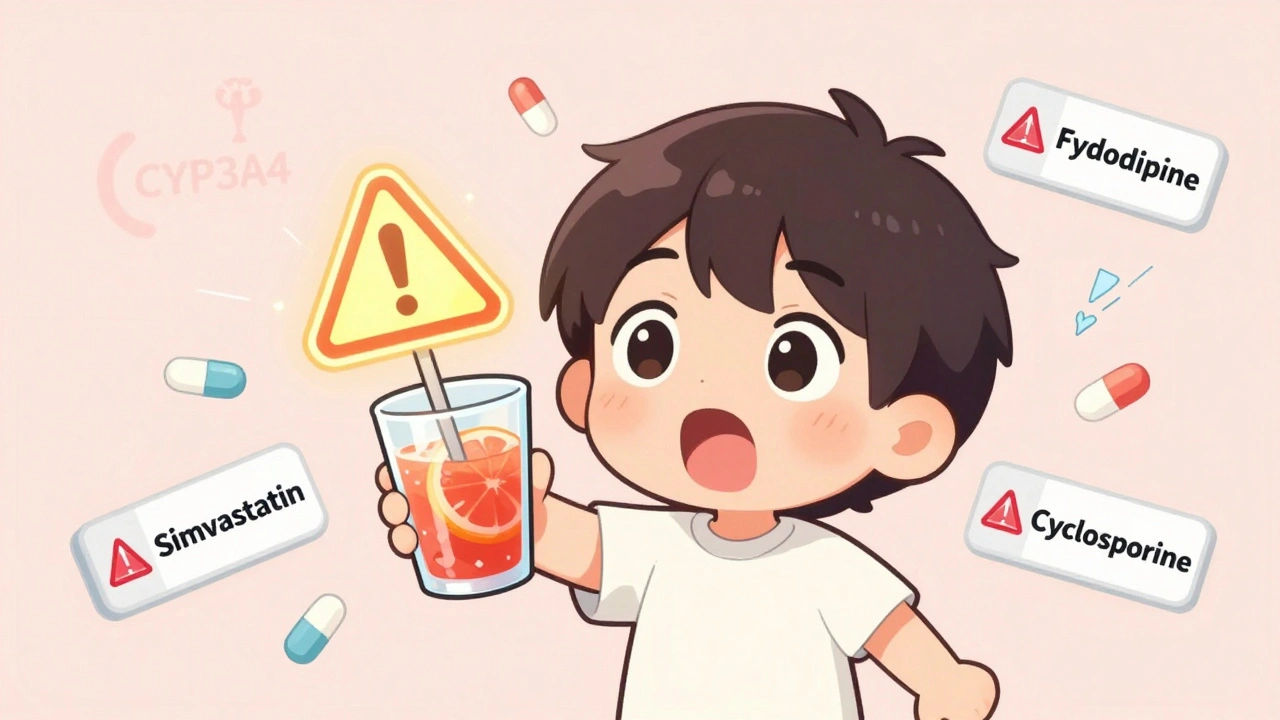Tendon Damage – What It Is and How to Handle It
If you’ve felt a sharp pain in your heel, shoulder or wrist after a sudden move, you might be dealing with tendon damage. Tendons are the cords that connect muscle to bone, and when they get overstretched, torn or inflamed they can limit mobility and cause real discomfort. The good news is most tendon injuries can be managed without surgery if you act early.
Common Causes & Warning Signs
Typical culprits include repetitive sports motions (think tennis elbow or Achilles tendinitis), a sudden overload (like lifting a heavy box), and age‑related wear. Look out for these red flags: a dull ache that worsens with activity, swelling around the joint, and a feeling of weakness when you try to use the affected limb. If the pain doesn’t improve after a few days of rest, it’s time to investigate further.
People who sit for long periods without stretching, or who skip warm‑ups before exercise, are also prone to micro‑tears. These tiny injuries can add up and turn into a full‑blown tendon rupture, especially in the shoulder rotator cuff or the hamstring tendons.
Treatment Options & When to See a Pharmacist
The first step is the R.I.C.E. method – Rest, Ice, Compression and Elevation. Apply ice for 15‑20 minutes, three times a day, to curb swelling. Over‑the‑counter anti‑inflammatories like ibuprofen or naproxen can help manage pain, but always check the label for dosage and any contraindications.
If you need something stronger, a pharmacist can recommend topical NSAIDs (gel or spray) that work right at the site without stressing your stomach. They can also advise on safe combinations if you’re already on other meds.
Physical therapy is a cornerstone of recovery. Simple eccentric exercises – where you lengthen the tendon under load – have strong evidence for Achilles and patellar tendinopathy. A pharmacist can point you to reputable online videos or local clinics that specialize in tendon rehab.
In cases of a complete tear, surgery may be unavoidable. Even then, post‑op rehab guided by a physiotherapist is crucial for regaining full strength. Your pharmacist can help you source prescription‑only pain relief and discuss any drug interactions before you start a rehab program.
Nutrition also supports tendon health. Vitamin C, collagen peptides and omega‑3 fatty acids can aid the healing process. Look for supplements that list clinically‑tested dosages; your pharmacist can check that they won’t clash with existing prescriptions.
Preventing future damage is as simple as staying active, warming up, and gradually increasing training intensity. Incorporate dynamic stretches before workouts and static stretches afterward. If you notice early soreness, dial back intensity instead of pushing through.
Bottom line: tendon damage is common, but with prompt rest, proper medication, and guided rehab you can get back to your routine. When in doubt, reach out to a pharmacist – they’re a handy first line of advice before you see a doctor or physio.


